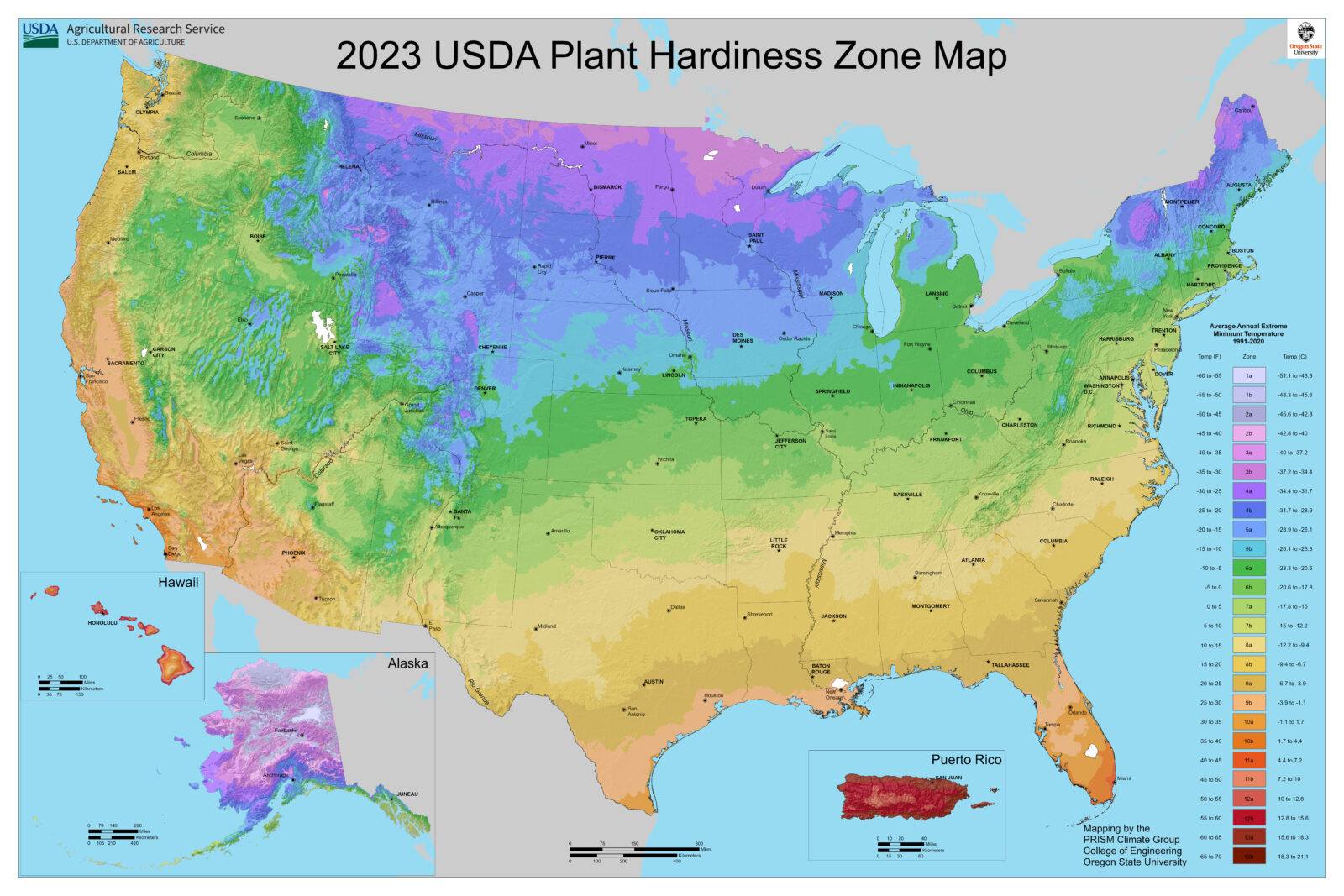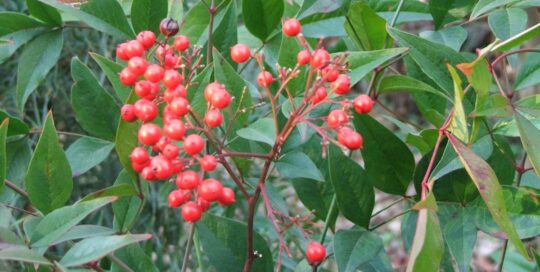For gardeners, the USDA Hardiness Zone Map is an invaluable tool, guiding us on the types of plants that are likely to thrive in our region based on temperature extremes. Recently, this familiar map has undergone some changes, reflecting shifts in climate patterns across the United States. In this blog post, I’ll explore the recent updates to the USDA Hardiness Zone Map and what they mean for adaptable gardeners.
The USDA Plant Hardiness Zone Map
The USDA Hardiness Zone Map divides the United States into zones based on the average annual minimum winter temperature. This information helps gardeners select plants that can withstand the coldest temperatures in their specific region. Zones are designated with a numerical value, indicating the average lowest temperature a region experiences.
Recent Changes
Climate change has led to shifts in temperature patterns, prompting updates to the USDA Hardiness Zone Map. While these changes might not be immediately noticeable, they have significant implications for gardeners. Here’s a brief summary of the recent shifts:
- Warmer Zones Moving North:
- One noticeable trend is the northward shift of warmer zones. Some areas that were previously classified in a cooler zone may now find themselves in a slightly warmer one. This means gardeners in these regions can explore a broader variety of plants that were once considered marginally hardy.
- Updated Plant Recommendations:
- Gardeners in zones that have warmed may now have the opportunity to experiment with plant varieties that were traditionally associated with slightly milder climates. This opens up exciting possibilities for diversifying garden landscapes and trying out new and exotic species.
- Attention to Microclimates:
- The updates underscore the importance of paying attention to microclimates within your garden. Factors such as urban heat islands, elevation, and proximity to bodies of water can influence local temperatures, creating opportunities to cultivate a wider range of plants than suggested by the overall hardiness zone.
Adapting to Change
As gardeners, flexibility is key. Embrace the changes in the USDA Hardiness Zone Map as an opportunity to explore new plant varieties and experiment with different combinations in your garden. Consider the following tips:
- Research Plant Varieties:
- Take the time to research plant varieties that are well-suited to your updated hardiness zone. Explore options that were once considered borderline for your region but may now flourish in the changing climate.
- Monitor Microclimates:
- Pay attention to microclimates within your garden. Experiment with planting in different locations, taking advantage of warmer spots, and providing extra protection in cooler areas.
- Connect with Local Experts:
- Reach out to local gardening clubs, nurseries, and extension services for insights and advice. Local experts can provide valuable information about plant recommendations and gardening practices tailored to your specific region.
Conclusion
In the dynamic world of gardening, adapting to change is part of the journey. The recent shifts in the USDA Hardiness Zone Map present an opportunity for gardeners to embrace a broader spectrum of plant possibilities. By staying informed, exploring new varieties, and connecting with local experts, you can navigate these changes with confidence and continue to cultivate vibrant, resilient gardens in the face of evolving climate patterns.

Updated USDA Hardiness Zone Map








